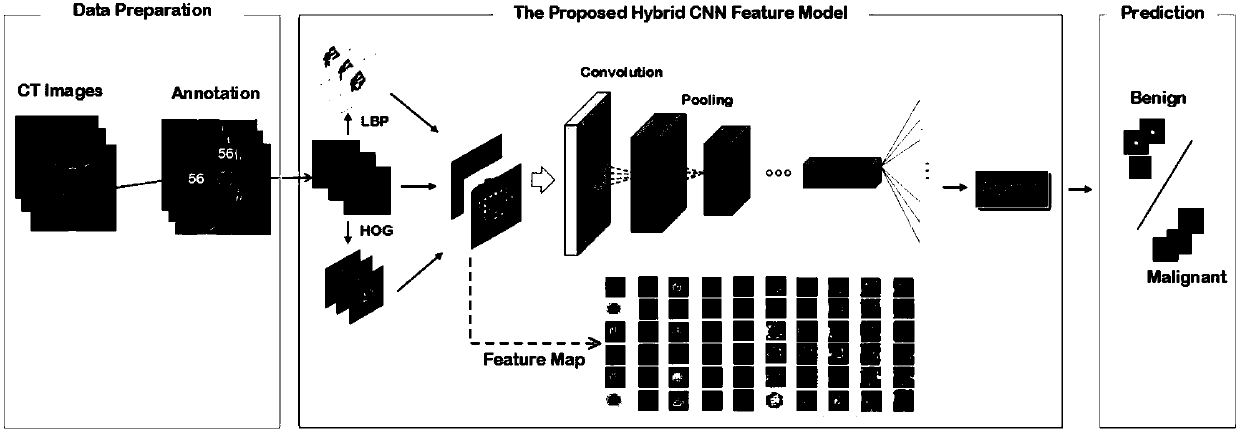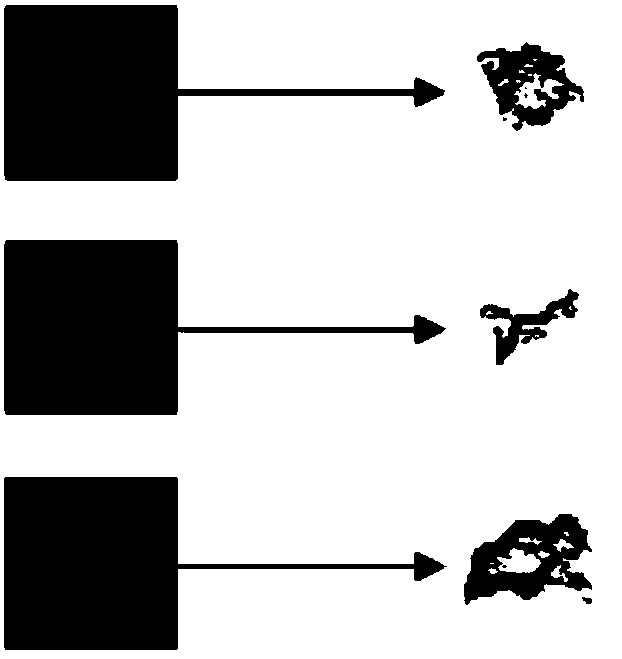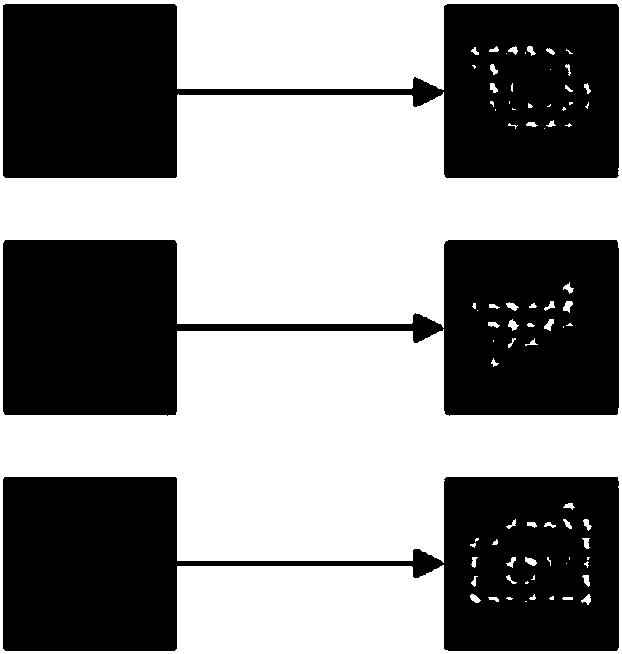Pulmonary nodule benignity and malignancy detection method based on feature-fusion convolutional neural network
A convolutional neural network and feature fusion technology, applied in the field of benign and malignant lung nodule detection, can solve the problems of high time complexity and long running time, and achieve the effect of high classification accuracy
- Summary
- Abstract
- Description
- Claims
- Application Information
AI Technical Summary
Problems solved by technology
Method used
Image
Examples
Embodiment Construction
[0018] The present invention provides a benign and malignant analysis method for pulmonary nodules based on the fusion of traditional features and convolutional neural network (CNN) features. The main steps are introduced as follows, and the overall process framework is shown in figure 1 :
[0019] 1. Image preprocessing
[0020] The CT image is firstly preprocessed for smoothing and denoising to remove noise. Then, the region of interest of the nodule in the image is obtained according to the annotation information.
[0021] 2. Extract LBP and HOG features
[0022] Since the LBP and HOG features extract the texture and shape features of nodules, the convolutional neural network acquires the features of global information. Therefore, the present invention proposes a feature fusion method to obtain a feature representation with more complete information. Firstly, the LBP and HOG features are obtained separately, and then they are fused together with the lung nodule image th...
PUM
 Login to View More
Login to View More Abstract
Description
Claims
Application Information
 Login to View More
Login to View More - R&D
- Intellectual Property
- Life Sciences
- Materials
- Tech Scout
- Unparalleled Data Quality
- Higher Quality Content
- 60% Fewer Hallucinations
Browse by: Latest US Patents, China's latest patents, Technical Efficacy Thesaurus, Application Domain, Technology Topic, Popular Technical Reports.
© 2025 PatSnap. All rights reserved.Legal|Privacy policy|Modern Slavery Act Transparency Statement|Sitemap|About US| Contact US: help@patsnap.com



